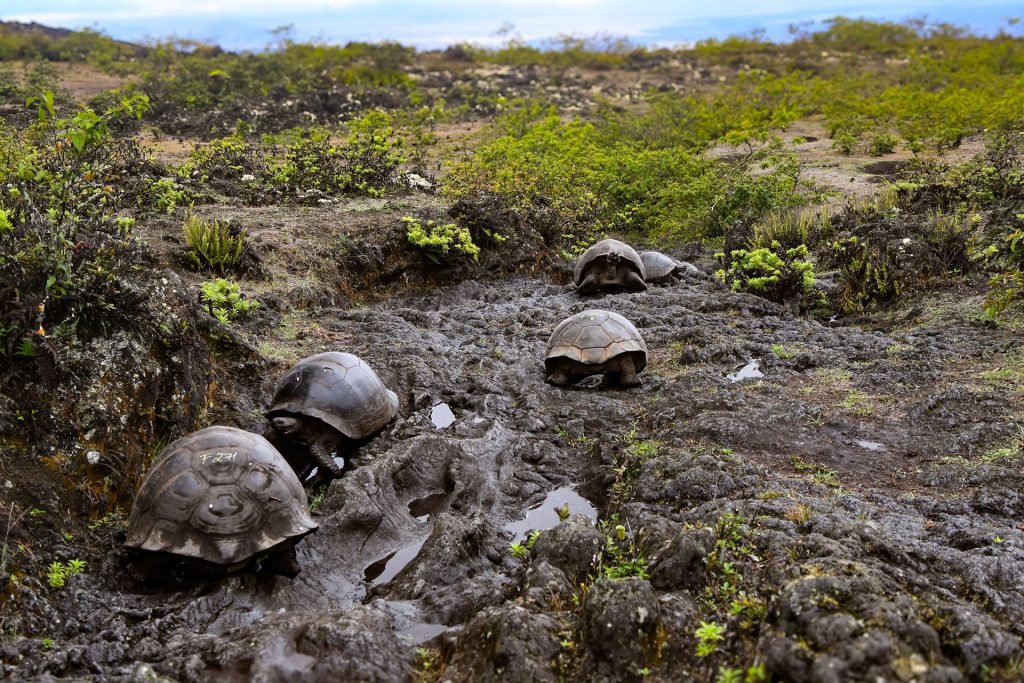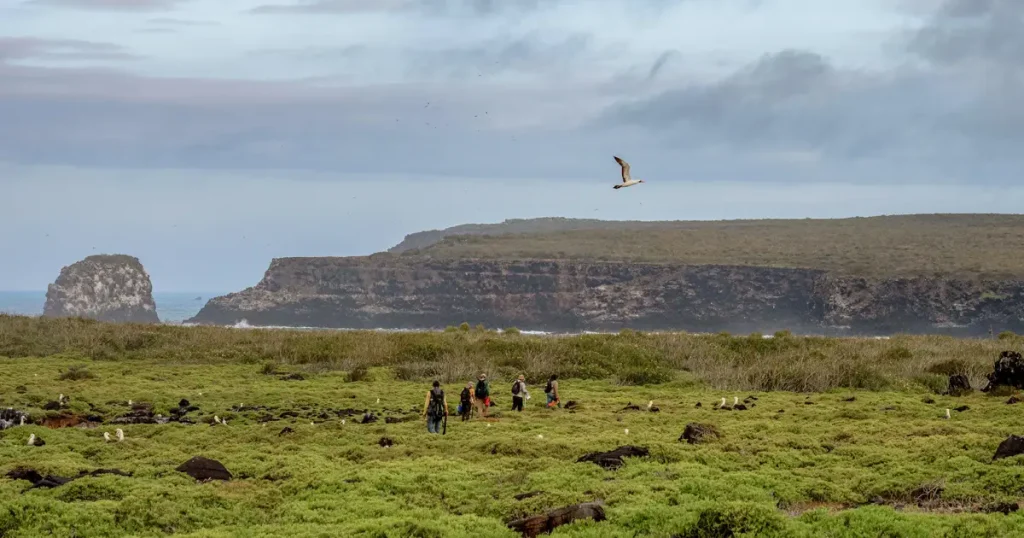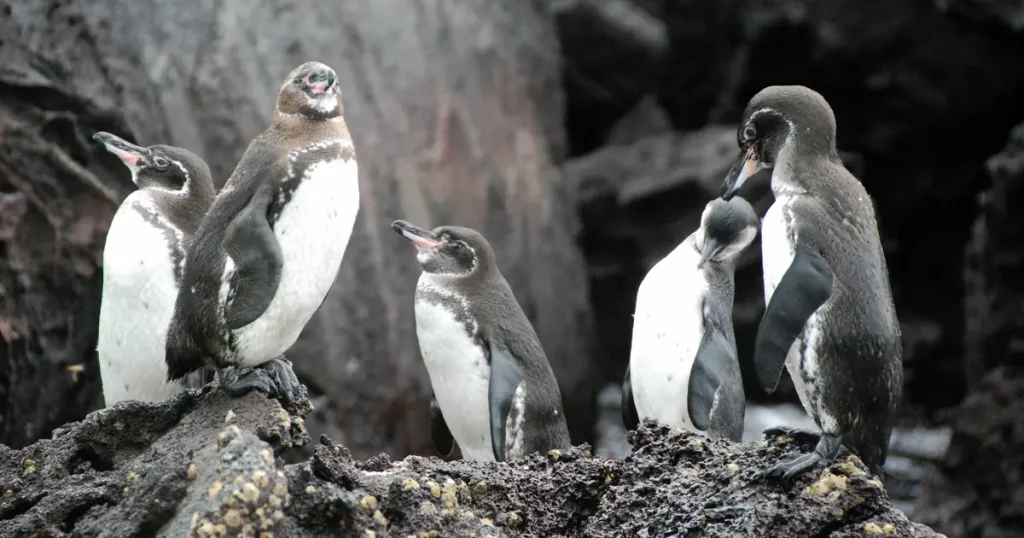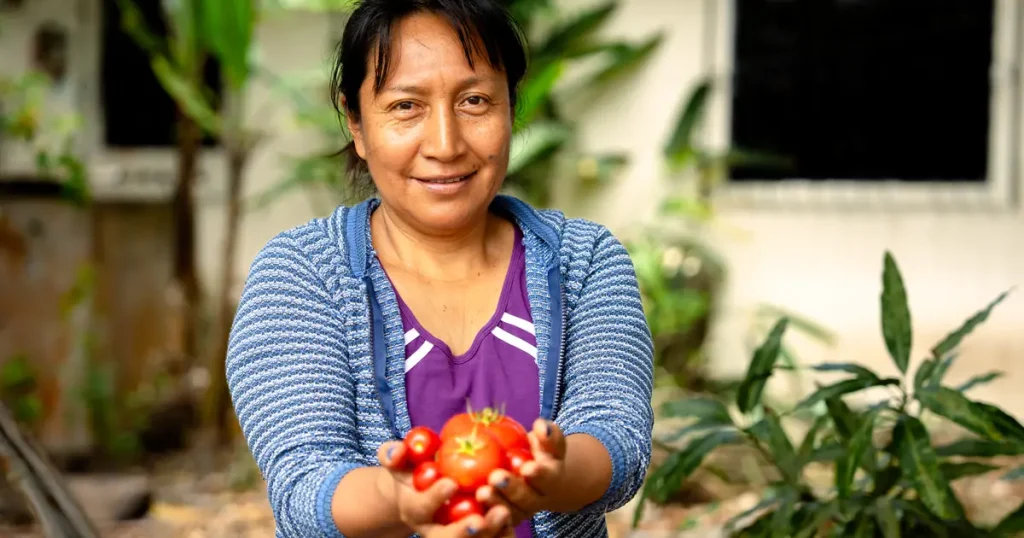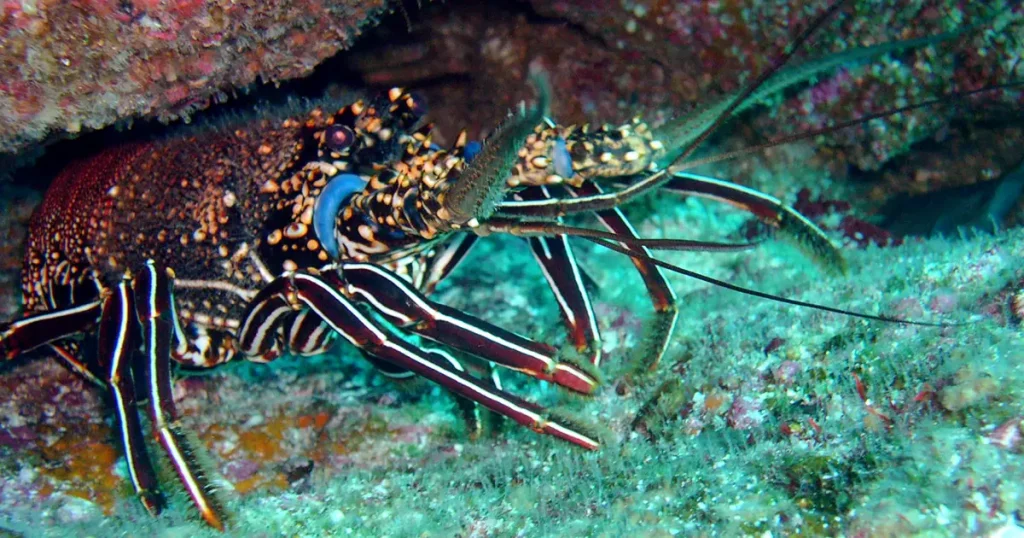Landmark Census of Giant Tortoises in Southern Isabela
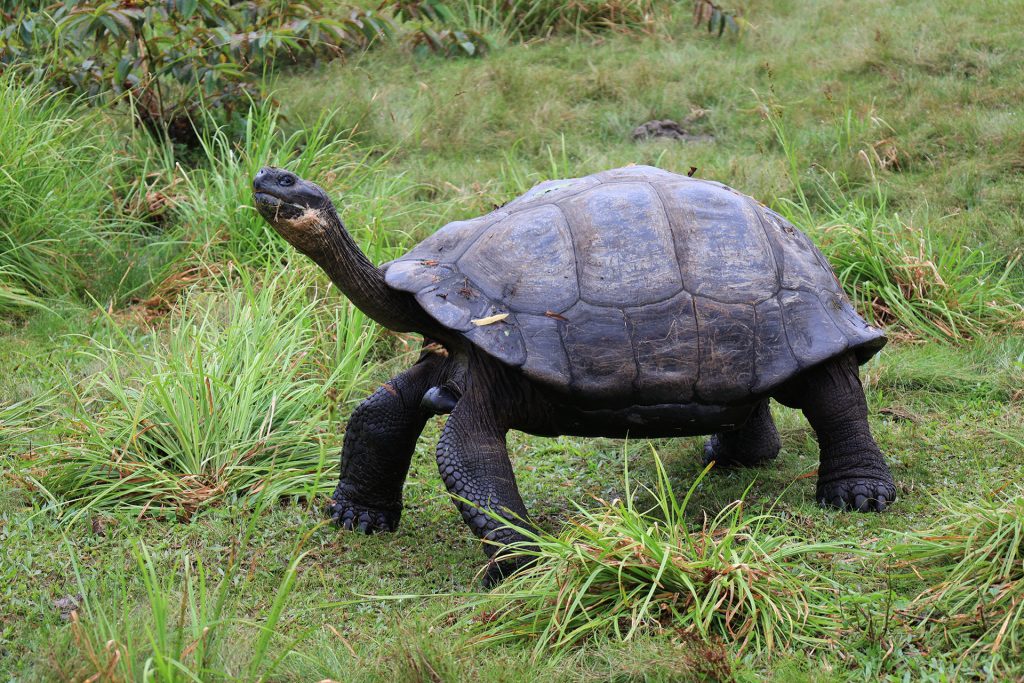
In collaboration with the Galápagos National Park Directorate, we have achieved a remarkable milestone by conducting the first-ever comprehensive population census of giant tortoises, specifically Chelonoidis vicina and Chelonoidis guntheri species, across all nine populations. These populations, residing in the southern volcanoes of Isabela Island, were thoroughly surveyed in this groundbreaking census, marking a significant achievement in our conservation efforts.
A Monumental Task in Tortoise Tracking
From January to December 2023, a team of brave park rangers and scientists from Galápagos Conservancy embarked on an immense task. Their goal was to count tortoises across the areas inhabited by the nine populations on Sierra Negra and Cerro Azul volcanoes.
These regions in question are known for their rough terrain and challenging access. Despite facing harsh weather conditions, such as scorching sun or heavy rainfall, the team dedicated themselves to understanding the lives of these magnificent creatures. Their efforts have shed light on the mysteries and challenges these unique species face, yielding valuable scientific data crucial for developing optimal conservation strategies.
Preliminary Results After a Year of Expeditions
Our Conservation Director, scientist Jorge Carrión, stated that this survey is the first complete census of tortoises ever conducted in the southern region of the archipelago. Made possible thanks to passionate advocates for Galápagos conservation, this monumental effort provides detailed and updated insights into the conservation status of the tortoises and the ecosystems of Southern Isabela. “It is a significant milestone,” he stated.
Following these expeditions, we have updated the population data for two tortoise species. We located and carefully monitored a total of 4,146 C. vicina tortoises and 461 C. guntheri tortoises. Their morphometric measurements were recorded, and their location were meticulously documented to understand their distribution and territory usage. Our President, Dr. James Gibbs, pointed out that these findings revise the estimate for C. vicina on Cerro Azul volcano to approximately 5,275 individuals and 704 for Sierra Negra.
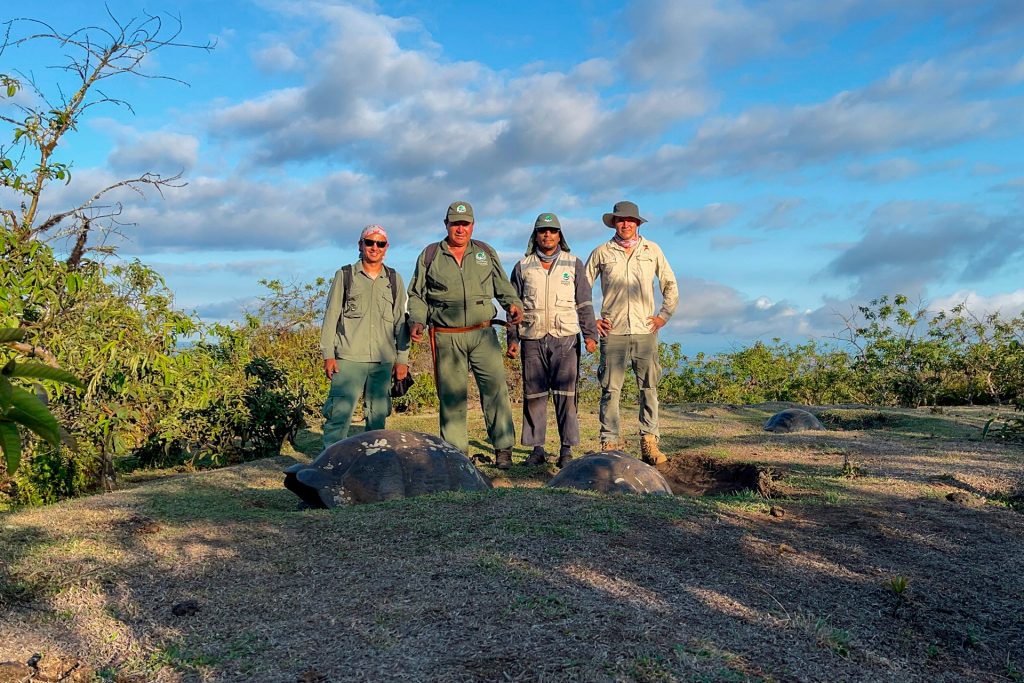
Scientist Washington Tapia, our General Director, affirmed, “Following the completion of this rigorous scientific endeavor and the subsequent data analysis, we now possess not only updated information on population status and seasonal distribution but also a comprehensive understanding of the challenges confronting the two tortoise species inhabiting this area. This insight will enable us to formulate management recommendations and implement specific actions to conserve these endangered species and their respective ecosystems.”
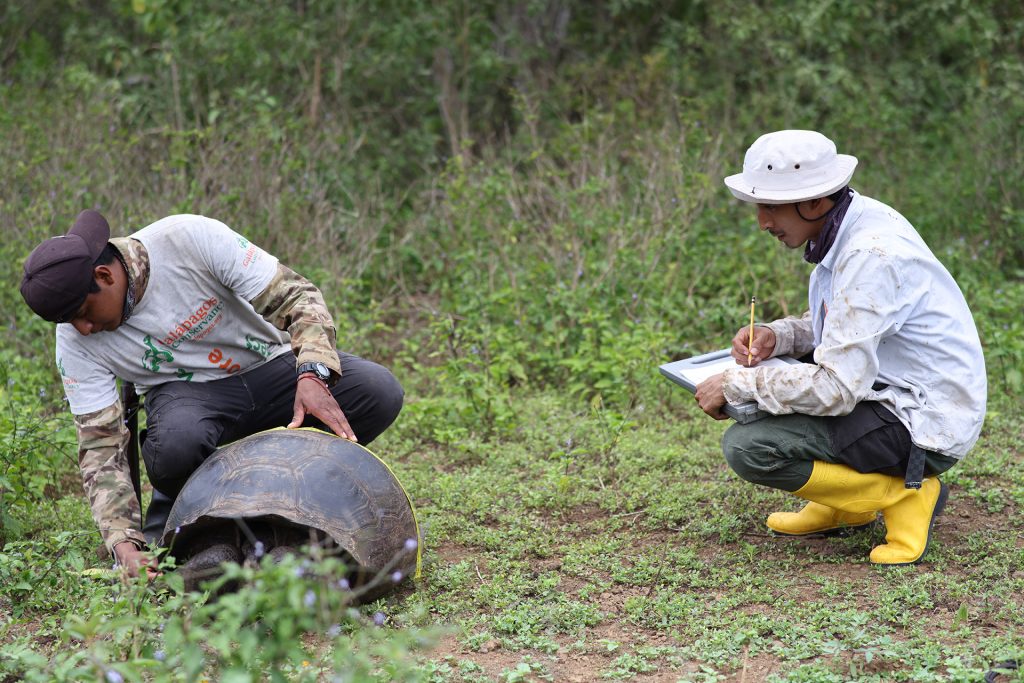
Current Challenges and Conservation Vision
Our research team has identified the threats tortoises are facing, especially the newborns, in Southern Isabela. Both C. vicina and C. guntheri tortoises are in constant struggle against invasive species. Feral pigs and cattle, resourceful rats, aggressive fire ants, and even invasive plants like blackberry and guava have emerged as formidable foes for these reptiles. The impact of feral pigs is particularly concerning, as they voraciously consume tortoise eggs and hatchlings, posing a critical threat to the future of these iconic creatures. “This call to action is urgent, and it is time to amplify our efforts and unite in safeguarding these emblematic species, as the vulnerability of the tortoises demands our immediate attention and decisive action,” emphasized Washington Tapia.
Through our flagship program, Iniciativa Galápagos, developed in collaboration with the Galápagos National Park Directorate, we go beyond mere population censuses. Our work, supported by the generous contributions of dedicated friends committed to conserving this unique biodiversity, focuses on restoring degraded ecosystems through the recovery of ecologically essential species, including the iconic giant tortoises.
Our organization’s conservation efforts for C. vicina and C. guntheri populations are a testament to the resilience, courage, and commitment of the park rangers and our scientists leading the conservation efforts this year. The generous contributions from our donors have played a crucial role in protecting these iconic creatures and sustaining this vital endeavor.
The Galápagos giant tortoises are critical to the ecosystem’s equilibrium. Galápagos Conservancy is dedicated to conducting scientific expeditions to effectively manage the islands’ populations. Our work is made possible by generous donations from our supporters, which allow us to quickly address the conservation needs of these unique species. We hope to continue making significant contributions to conservation with the help of our dedicated supporters. Do you want to join us in this effort?
